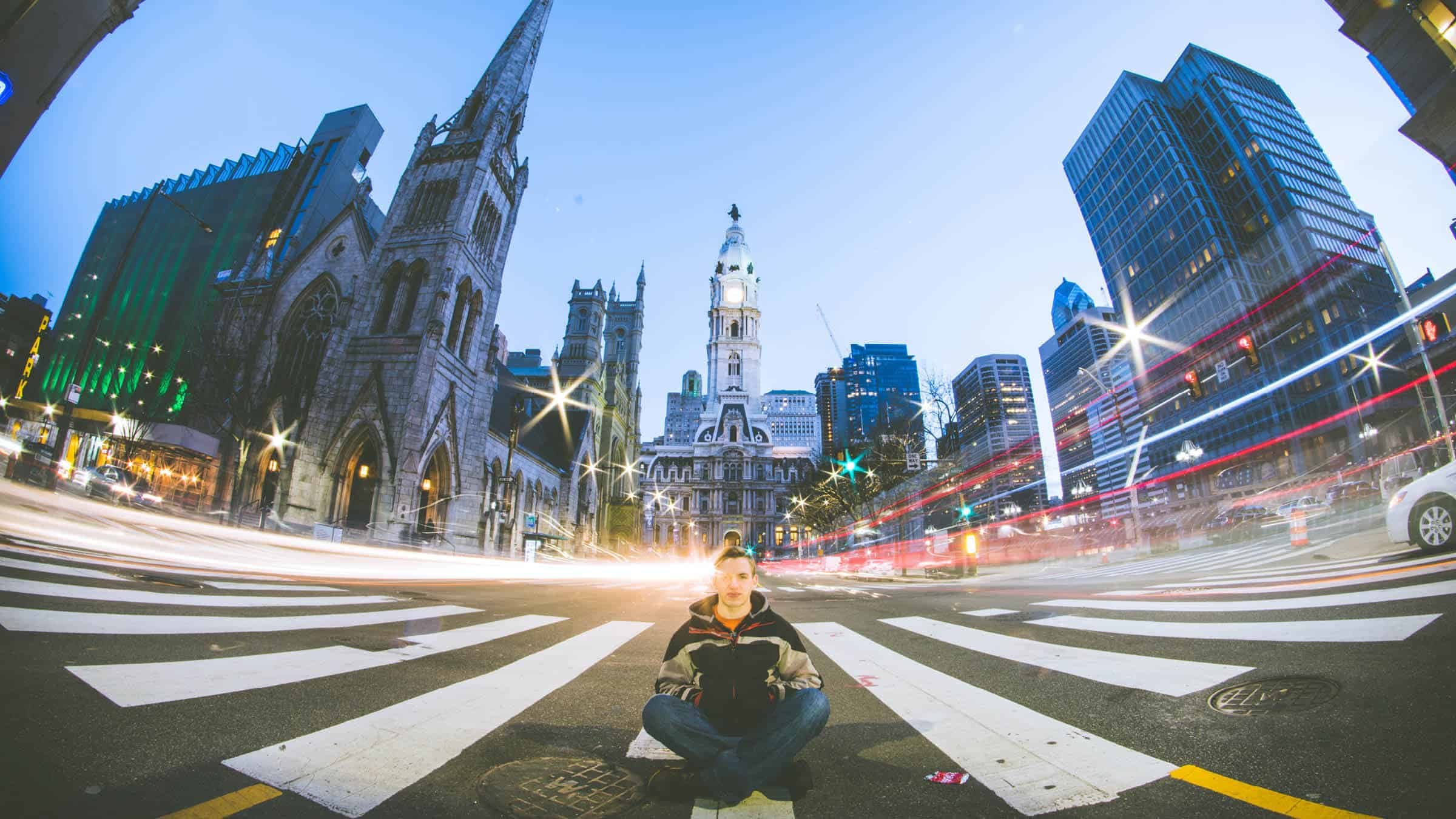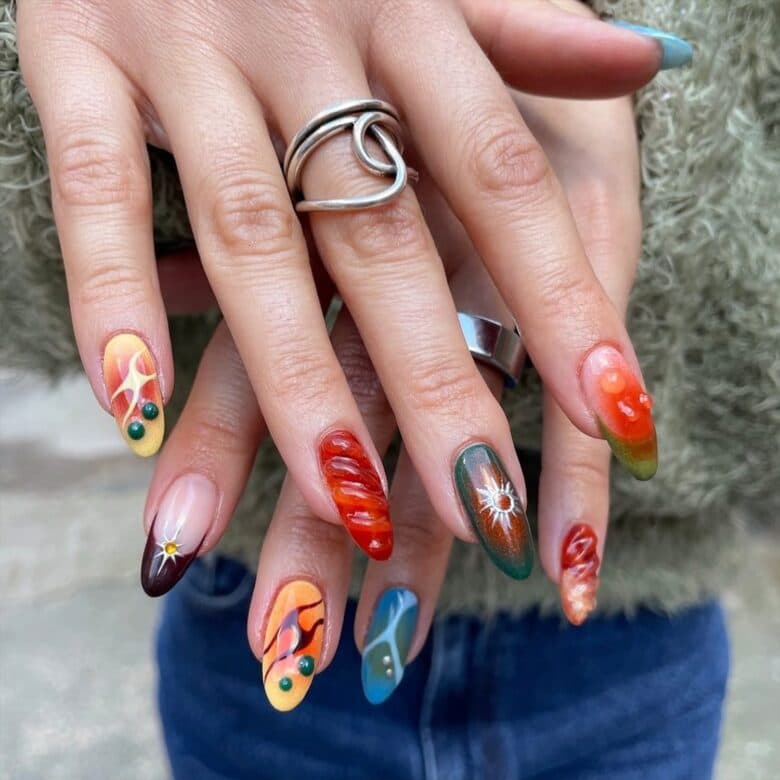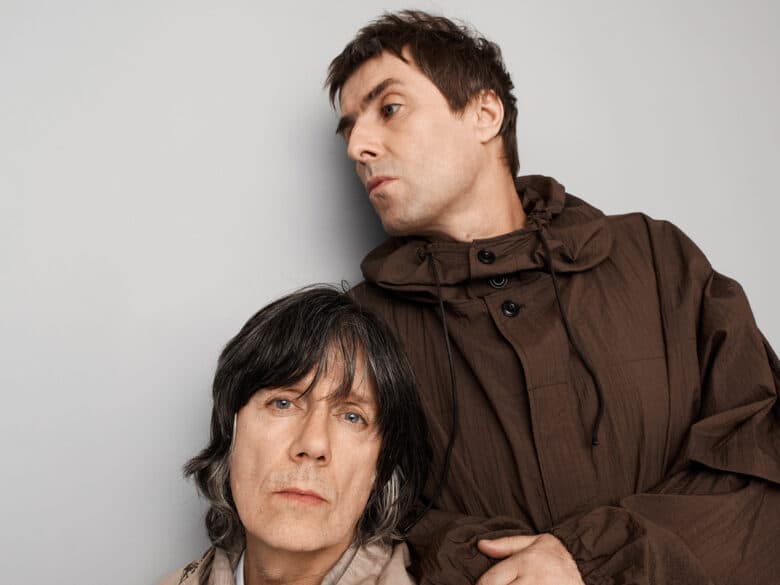#Corecore is the anti-trend movement being ruined by its own trendiness

Simply put, #Corecore is a reaction to modern life. TikTok users have been sharing their #Corecore videos on social media since 2020 with collaged clips from the media in a bid to expose the flaws in capitalism. User @masonnoelle posted one of the genre’s earliest compilations onto TikTok, splicing together viral challenges over melancholic music. It started with a few accounts overlaying archival footage and news clips, and has gained trajectory with its peculiar editing style and hidden messages to reach an almost viral status in 2022.
The name itself is a spoof on TikTok trends sticking the -core suffix onto general ideas relating to culture and aesthetics to group them under one umbrella category. Cottagecore, Goblincore, Barbiecore… the list is endless. And quite frankly, we are all affected by the cores in one way or another, as they manifest themselves across social media platforms to form communities we all relate to.
In essence, it is an anti-core movement that gives space for users to unite over anti-capitalist ideals and lost humanity in the midst of the American Dream, as suppressed emotions arise as a result of outdated institutional ideas. The movement encompasses Gen Z’s rage towards a system that cannot be controlled but controls them — think dystopian horror.
KnowYourMeme dates the beginnings of #Corecore back to 2020 when Tumblr recognised #Corecore as an aesthetic as it slowly seeped into the digital scrollings of TikTok. It evolved into something different after heading to TikTok and became the estranged cousin to its predecessor #Nichetok, which was a watered-down version of the video editing style. #Nichetok was the genre that compromised mainly British TV shows like Peep Show or The Inbetweeners, memes like Celebrity Big Brother’s best moments, and media from the likes of the BBC. The nicheness of these videos then took a sadder turn and relayed memories of times gone by that users pined for, when things felt seemingly simpler and less oversaturated. The clips became more and more abstract and spread to America, where #Corecore took hold and became a new art form in itself. Both hashtags of #Nichetok and #Corecore now hold around 600 million views and counting.
If you have found yourself doom-scrolling through TikTok recently, you may have encountered one of the oddly edited videos. Let’s say, the clip starts off with a newscast, where a reporter relays a humanitarian tragedy with no emotion. There is then another clip similar to this layered on top, then another, then another, then another. They all talk over each other, dead behind the eye until it cuts out and melancholic piano music builds (usually the sounds of Aphex Twin). It reveals clips from Hollywood movies of actors like Ryan Gosling or Edward Norton screaming in rage, or busy streets of people rushing to work like bees in a hive. You have when Steve Jobs revealed the iPhone, when Mark Zuckerberg made code for Facebook, or videos of children in ruined houses after earthquakes on TikTok Live begging for creator money and donations. This is a #Corecore.
The videos are being compared to art movements like dadaism and literature like ‘1984’ by George Orwell, championing the rebel and questioning the daily. The clips are purposefully badly edited to jab at the hours editors spend smoothly transitioning videos to make them go viral. The whole premise of #Corecore is that it doesn’t want to go viral, but evidently, it now has.
In one video, ‘QKThr’ by Aphex Twin plays over a clip of people protesting at Times Square in New York over the death of Tyre Nichols, a Black man who died at a traffic stop in Tennessee due to police brutality. The large screen above the protest shows an M&M advert of the red ‘spokescandy’ looking down disapprovingly and then smiling. The chocolate brand was all over the news at the time in January due to their mascot’s progressive makeovers and the online reaction to their change in genders and clothing items, specifically the green M&M. “If it was the green girl M&M then it would be peak capitalism”, comments one user. “I finally understand #Corecore”, says another.
But not all #Corecore viewers appreciate the videos, as others reply to the video saying “an M&M billboard. This is deep”, and “I think George Orwell already had a word for it”. However, #Corecore doesn’t necessarily want to be recognised as an intellectual outlet, but rather a point-out-the-obvious type of scheme. Regardless, the video gained 2 million likes and 10.2k comments in #Corecore debates.
It almost feels wrong to be writing about #Corecore, as the movement does not want to partake in oversaturated media. It stemmed from the genuine dissatisfaction our generation clearly unanimously feels, and explores the effects of modern life through social platforms that we all partake in but despise. The premise of #Corecore for creators is that the videos are visually simple, but the message behind them is not as easily digestible. It attacks class systems, war, media, gender inequality, laws, racism, 9 to 5 jobs, government, celebrity culture, and influencers. The anti-trend movement is being ruined by its own trendiness.
So how will #Corecore evolve? It may just disappear. That would be the best solution and would make its point succinctly. The videos are arguably just adding to this existential feeling of endless media outpouring, so if it were to disappear, that would make sense. But it would also give in to the idea that rebelling against the media and its gigantic presence was a pointless task. The premise of #Corecore is exactly what it sets out to explore: that we are trapped in a dystopian-esque society and cannot escape.
But it’s not all nihilistic. #Corecore views itself as a positive outlet to explore emotions that we cannot necessarily put into words (though some of us, like right now, may try). It’s one of the few original art movements of our time that means something – so it shouldn’t be ignored. But the algorithm has different ideas, and to see this art movement and spread its ideals means it must, in some warped and ironic way, go viral. So, are we reinforcing the idea of #Corecore by interacting with its videos, or simply adding to an already oversaturated media market? That one’s on you. And that’s what #Corecore wants you to start thinking about.

